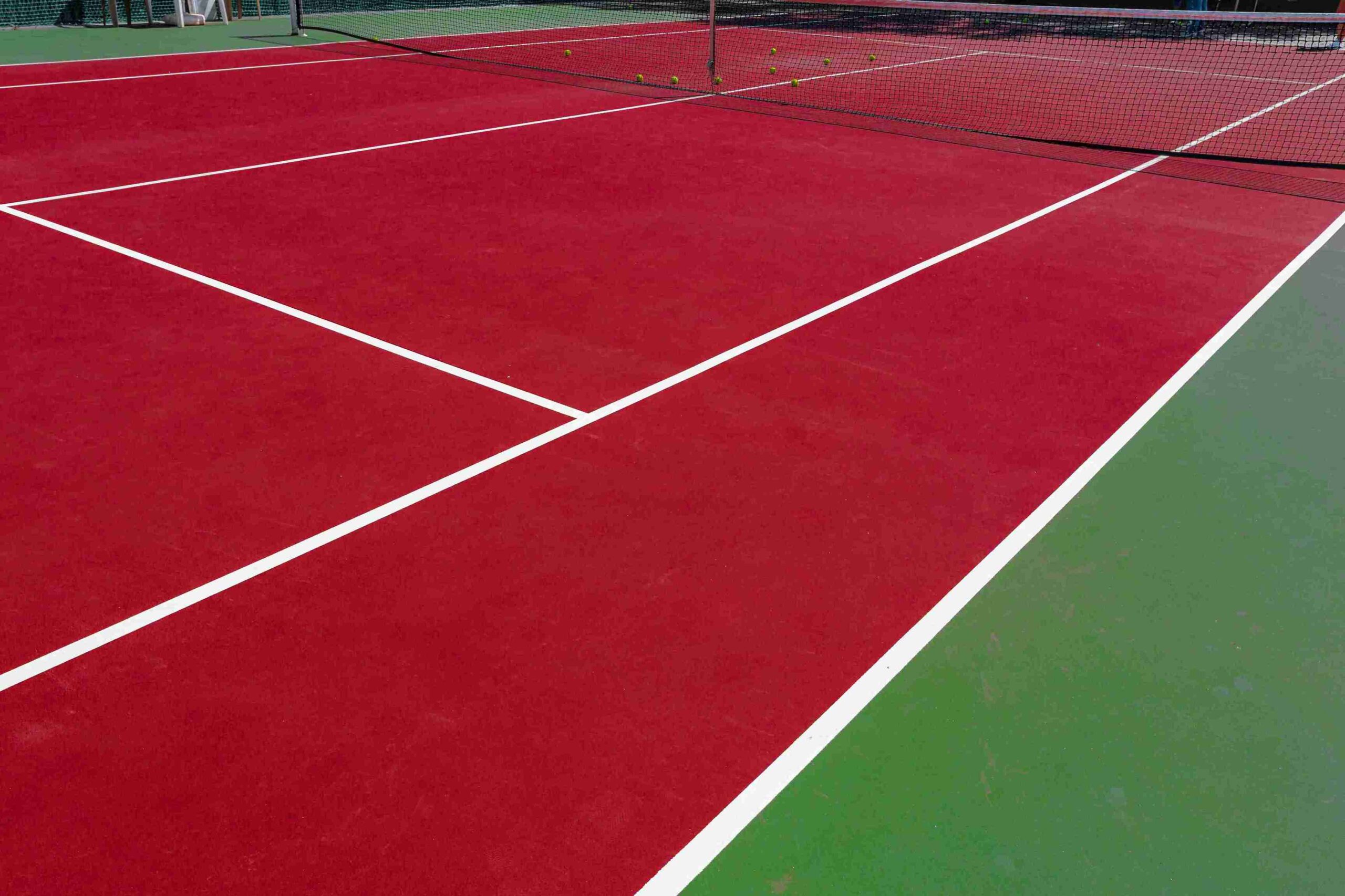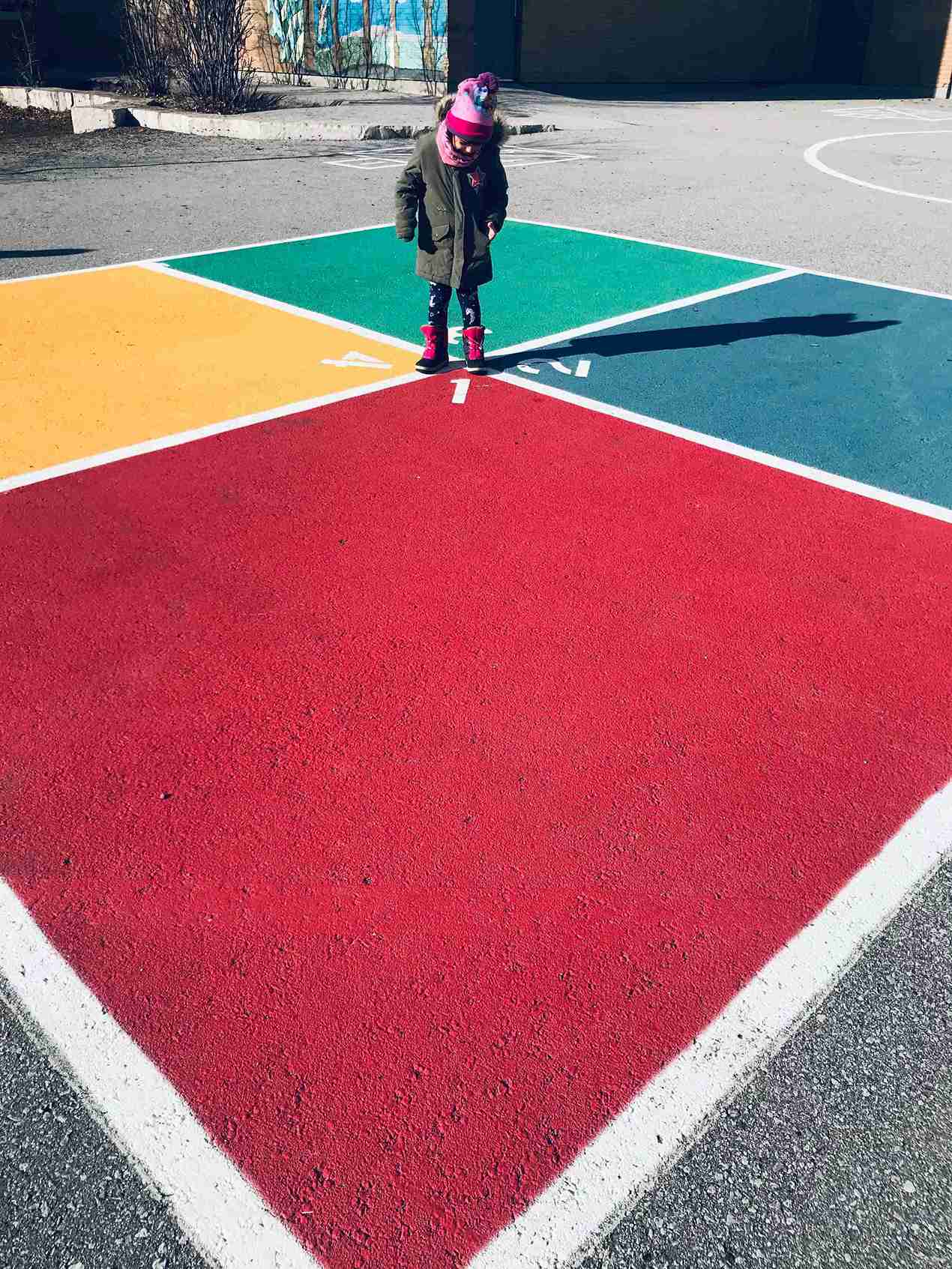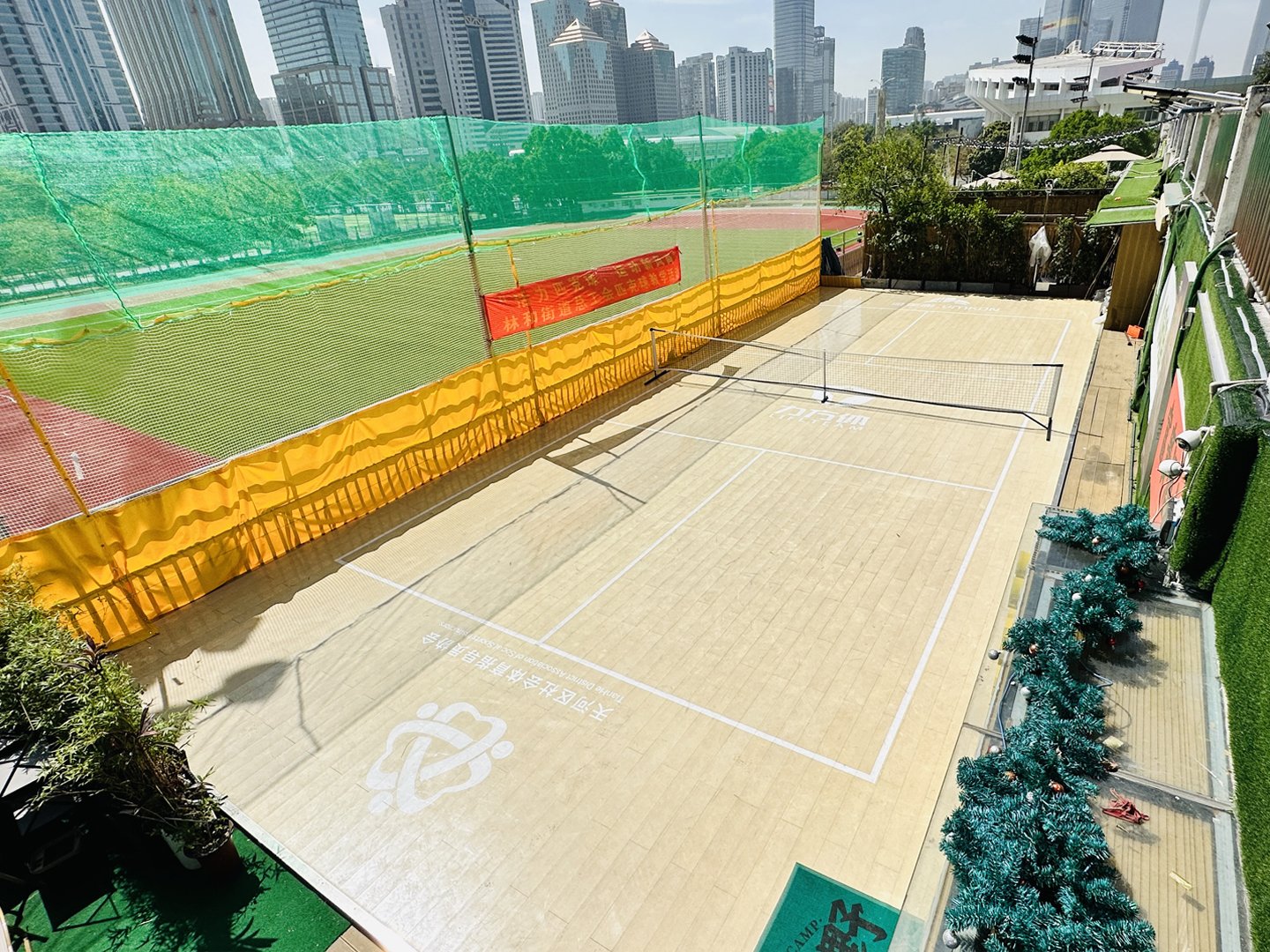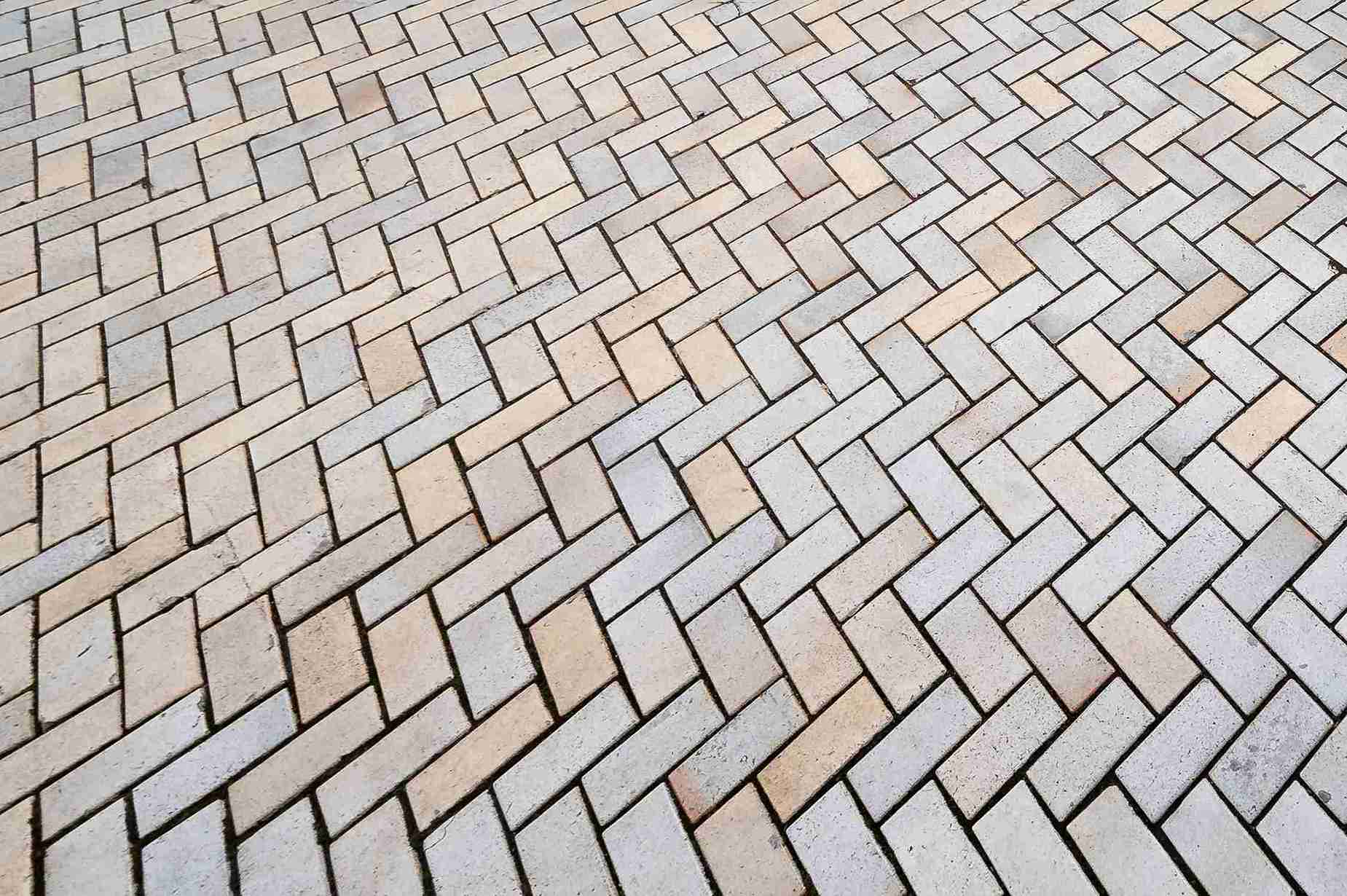When it comes to designing and maintaining sports facilities, flooring is a critical factor that often determines the quality of the game experience. For basketball, choosing the right court surface isn’t just about aesthetics—it significantly impacts player performance, safety, and even the longevity of the facility. But what sets basketball court flooring apart from surfaces designed for other sports? Let’s break it down.
The Unique Demands of Basketball Courts
Basketball is a high-intensity sport that demands quick movements, sudden stops, and powerful jumps. This unique gameplay creates specific requirements for court surfaces that differ from other sports.
Performance and Traction
Basketball players rely on a consistent surface that provides the right grip and freedom to move swiftly. Flooring that’s too slippery or too rough can hinder performance and increase the risk of injuries.
Shock Absorption
Joint protection is paramount in basketball. All those high leaps for slam dunks followed by hard landings demand surfaces that can absorb shock effectively. Flooring with poor shock absorption can lead to stress injuries in players.
Ball Bounce Consistency
A critical feature of basketball flooring is ball bounce consistency. Uneven or poorly designed floors can ruin the game and cause frustration for players. That’s why surfaces like traditional hardwood or advanced modular systems are engineered to deliver optimal ball response.
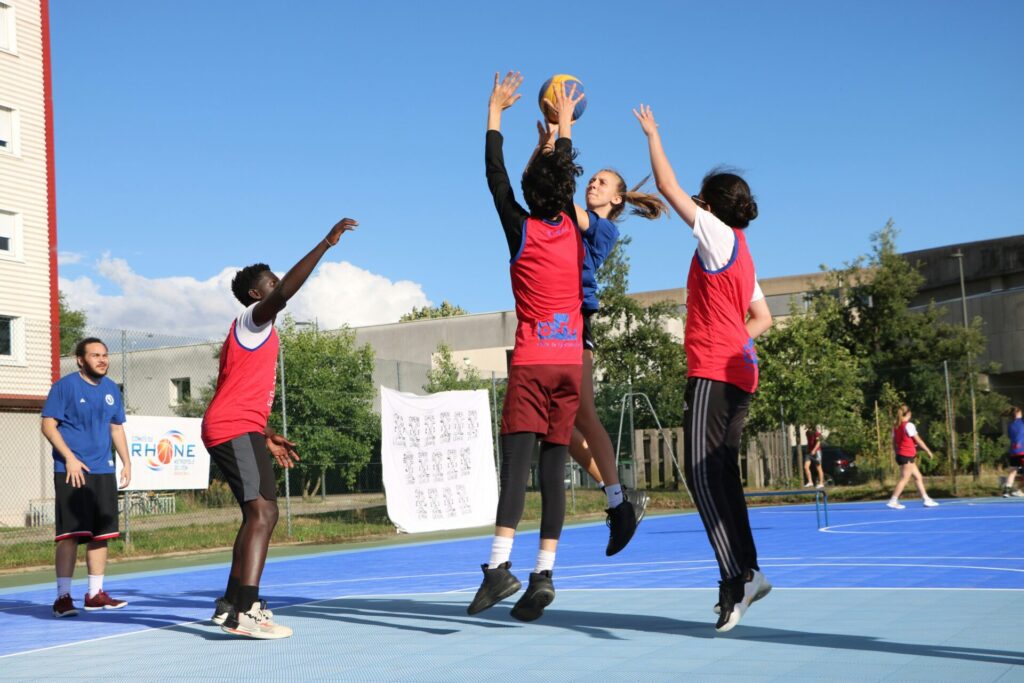

Comparing Basketball Court Flooring to Other Sports Surfaces
How does basketball court flooring stack up against sports surfaces designed for volleyball, soccer, or tennis? While these sports may share some similarities, basketball courts have distinctive characteristics tailored to the sport’s needs.
Tennis Courts
- Surface Materials: Tennis courts are often made of hard court materials, clay, or grass.
- Key Differences: These surfaces prioritize controlled traction and minimal bounce, which contrasts with basketball court surfaces that focus on high energy return and consistent bounce.
Volleyball Courts
- Surface Materials: Volleyball courts are usually built with wood or synthetic materials.
- Key Differences: While volleyball courts may share shock absorption features with basketball courts, volleyball surfaces lack the specific design for optimal ball bounce that basketball demands.
Soccer Fields
- Surface Materials: Soccer is mostly played on grass or turf surfaces.
- Key Differences: These are engineered for cleats and to withstand outdoor elements, making them unsuitable for the smooth, flat, and grippy surfaces required for indoor basketball.
Multi-Use Courts
Some sports facilities use multi-purpose court flooring to accommodate a variety of activities. While these surfaces are cost-effective and versatile, they often lack the specialized performance standards required for professional basketball games.
The Evolution of Basketball Court Technology
Basketball court flooring has come a long way, evolving alongside the sport to meet growing demands for performance and durability.
Traditional Hardwood Floors
The signature classic! Hardwood, particularly maple, dominated basketball courts for decades. Hardwood courts provide excellent ball bounce, great traction, and a timeless aesthetic. However, they are costly to install and maintain.
Synthetic and Modular Surfaces
Advances in flooring technology have introduced synthetic basketball courts and modular systems tailored to meet specific performance criteria. These surfaces are more affordable, require less maintenance, and offer comparable benefits like consistent traction and shock absorption. Synthetic basketball courts are especially gaining popularity in multi-use gyms and community centers.
Eco-Friendly Options
Sustainable innovations are also making waves in basketball court flooring. Manufacturers are launching products that reduce environmental impact by using recycled materials and energy-efficient production methods.
Factors to Consider When Choosing Basketball Court Flooring
If you’re a sports facility manager or contractor, here’s a quick guide to help you make an informed decision on the right basketball flooring for your space.
1. Budget
- Hardwood floors can be a significant investment, but they offer premium performance.
- Synthetic basketball courts are a budget-friendly alternative without skimping on essential features.
2. Maintenance
Consider how much time and money you’re willing to dedicate to upkeep. Hardwood requires regular refinishing and careful cleaning, while synthetic surfaces are more low-maintenance.
3. Longevity
Are you planning a basketball-only court, or do you need a multi-use facility? Modular synthetic surfaces are highly versatile and durable for multi-sport environments.
4. Environmental Impact
If sustainability is a priority, look into eco-friendly basketball court flooring made from organic or recycled materials.
5. Use Case
For professional teams and dedicated basketball facilities, traditional hardwood remains the gold standard. However, community gyms and schools might benefit from the affordability and versatility of synthetic court surfaces.
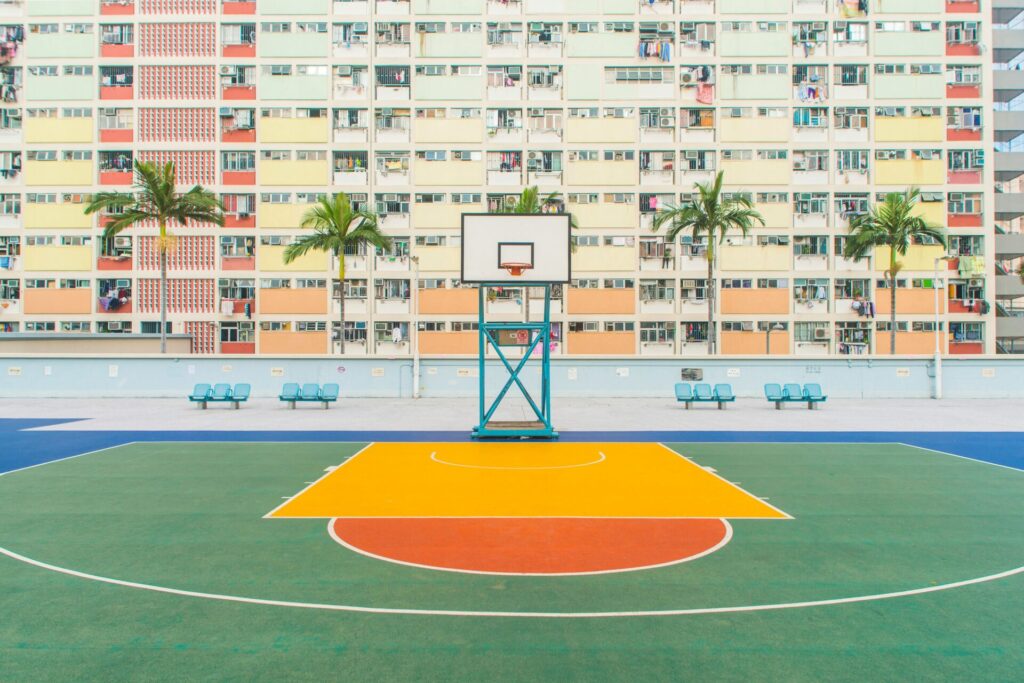

Future Trends in Basketball Court Flooring
The world of basketball court technology is constantly evolving, promising even more innovation to enhance gameplay and facility management.
Smart Floors
Imagine courts embedded with sensors that track player movements, monitor game stats in real-time, and analyze footwork to improve performance. Smart flooring is already in development stages, presenting exciting potential for the future.
Sustainable Materials
Expect continued focus on sustainable court flooring solutions as businesses and consumers move toward eco-conscious choices.
Customizable Designs
From color schemes to branding features, customization trends will likely grow, allowing facilities to create visually stunning and functional basketball court floors tailored to their needs.
Why the Right Flooring Matters
Your basketball court is more than just a playing surface; it’s where passion and community converge. Choosing the right basketball court surface ensures safety, enhances performance, and leaves a lasting impression on players and spectators alike.
Whether you’re building a professional facility or upgrading a school gym, understanding the nuances of basketball court flooring is key to making the best choice.
Ready to elevate your court? Contact VMKON and share your thoughts or ask questions about basketball court flooring. We’d love to help you create the perfect space for the game.


